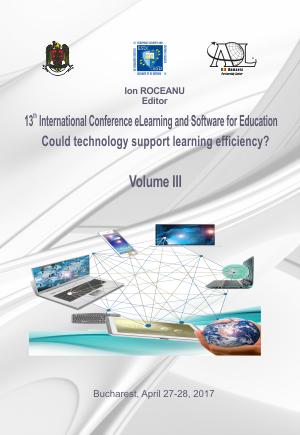THE USE OF ONLINE LANGUAGE-LEARNING TOOLS AND RESOURCES FOR SELF-STUDY
THE USE OF ONLINE LANGUAGE-LEARNING TOOLS AND RESOURCES FOR SELF-STUDY
Author(s): Virginia Mihaela DumitrescuSubject(s): Social Sciences
Published by: Carol I National Defence University Publishing House
Keywords: Self-Directed Learning; Learner Autonomy; Self-Discipline; Self-Motivation; Goal-Setting; Online Tools and Resources.
Summary/Abstract: The present paper looks at the way the existing multitude of free online language-learning tools and resources can be successfully leveraged for self-study purposes, especially at intermediate and advanced levels. Self-study, which has long been viewed as either a supplement or an alternative to existing formal education models, seems to be gaining even more ground – along with its basic requirements: learner autonomy and capacity for self-motivation, self-discipline, and correct goal-setting – within today’s learner-centric education paradigm, largely facilitated by the new IC technologies. The paper examines the ideal conditions for effective self-study taking into account the diversity of today’s online learning environments with their profusion of easily accessible instruments and resources, the present-day need for effective communication skills in a multicultural world, as well as the necessity to constantly update, expand or diversify one’s professional knowledge in order to meet the requirements of an extremely volatile and competitive labour market (or the demands of a meandering career path), and the challenges of a world characterized more than ever by speed, pragmatism, and rapid change. To ease language learners’ task of finding their way around the educational tools available on the Internet, it points to a selection of free applications and materials for language learning, assessing their benefits and shortcomings from the point of view of their educational value and convenience, and reflects on the possibility of integrating them in a lifelong education model. Last but not least, it outlines certain generational characteristics of young learners that call for adequate language-learning tools and settings, among which online applications hold an important place.
Journal: Conference proceedings of »eLearning and Software for Education« (eLSE)
- Issue Year: 13/2017
- Issue No: 01
- Page Range: 280-287
- Page Count: 8
- Language: English

